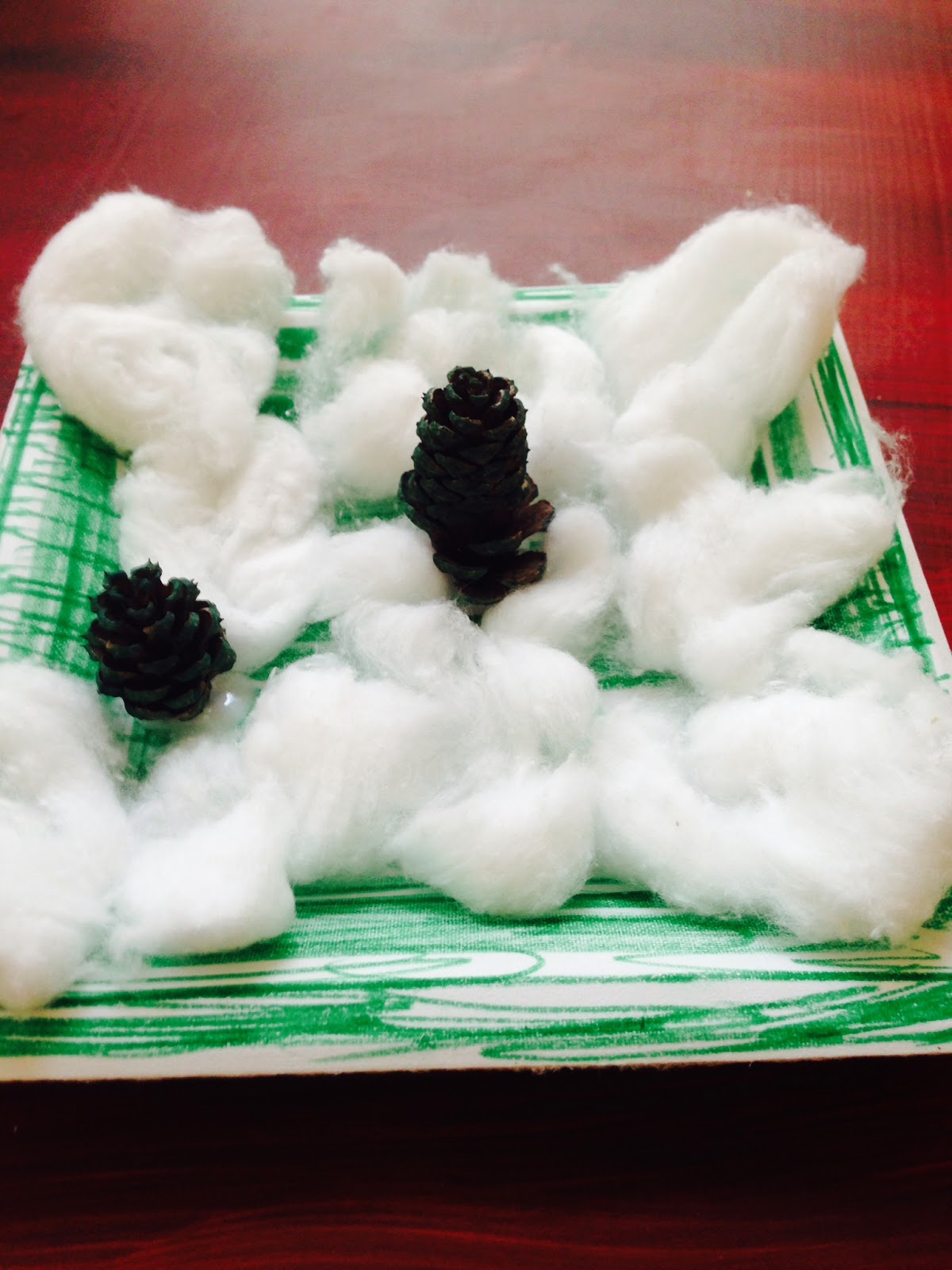We know that animals
fascinate children. Many of these animals are humanized in children’s books,
but it is always helpful to invite children to explore the realities of the
animal world. This week, our activity
(which is FREE to you if you sign up in the white box) educates children about
the always amazing alligator.
We like to begin a lesson
about animals by asking children what they already know. You can make a list of
these facts by writing them on a chart. This helps children understand that
reading and writing are simply “talk written down.” It doesn’t matter if any or
all of your students can read your chart, you are modeling the importance of
writing.
If children offer facts that
are not true, put them in a column labeled, “To Check.” This is an important
school-readiness skill that models for children the importance of using
resources to make sure their thinking is correct.
You can read aloud the text
from our activity or from books you find in the library. Then invite children
to make changes or additions to the set of alligator facts. You may want them
to view this video the Maggie’s Big Home team took while on a recent visit to
Mississippi. Can they spot the swimming alligator? Ask them to look for clues about where alligators live.
In our activity, we offer
children the chance to make a puzzle out of the alligator. But here, we share an
outline of an alligator for children to color, cut, and paste on another piece
of paper. They can then draw objects like water, the sun, or a grassy bank to
show an alligator’s habitat.
Standards Alignment:
NAEYC – 2G.05; 2G.06; 2G.08
Head Start – XI.A











